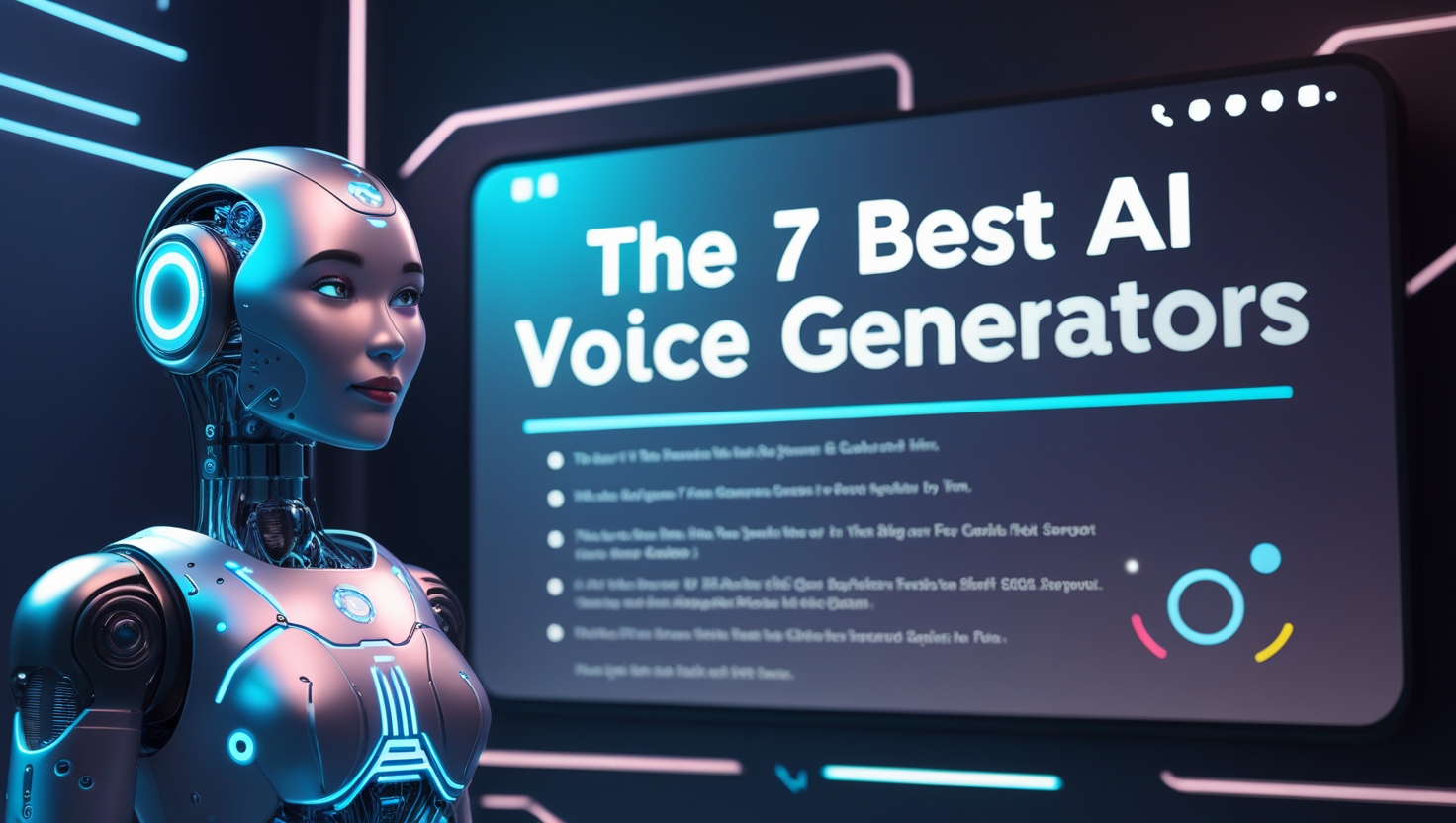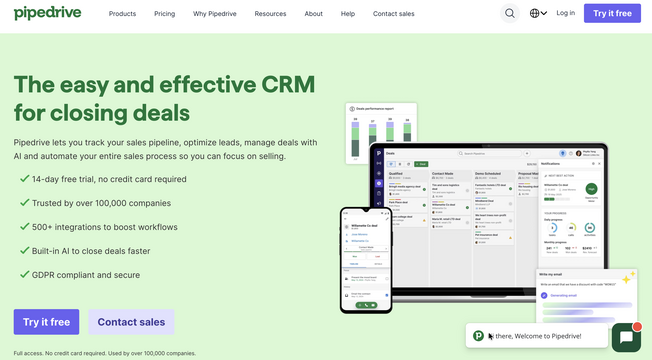
- @PartnershipsForTheGoals
- @LondonCityCircleEntrepreneurSocials
- @Genius50StartupEntrepreneurs
- @EntrepreneurCampus
- @AiToolsForBusiness
Have you ever listened to an automated voice and thought, "Wow, that actually sounds human"? Well, you're not alone. AI voice generators have come a long way from those robotic, monotone computer voices we used to dread hearing on customer service calls.
These tools take written text and turn it into spoken words that sound remarkably natural. We're talking about voices that can capture tone, pitch, rhythm, and even emotional expression. It's pretty impressive when you think about it.
The technology has gotten so good that it's becoming harder to tell the difference between AI and human voices. Here's something interesting: in a survey by voice services creator Podcastle, two-thirds of participants incorrectly identified whether a voice was human or AI-generated [1]. That tells you just how far we've come.
At their core, these systems rely on deep learning algorithms that learn from massive amounts of data [1]. The process of turning text into natural-sounding speech involves several steps:
The system gets trained on large datasets of human speech, analyzing voice recordings to understand patterns in how we speak - things like intonation, pace, and accents [1]. The more diverse and extensive the dataset, the better the voice generator becomes.
Once trained, the AI can generate speech from text using text-to-speech (TTS) technology. When you input text, the system breaks it down into phonetic components and synthesizes these components to form words and sentences [1]. Advanced AI voice generators use Natural Language Processing (NLP) to understand language nuances, allowing them to modify speech output for questions, excitement, or sarcasm [1].
Creating an AI voice typically involves four main phases:
- Data collection - Gathering high-quality voice samples from diverse sources [1]
- Voice modeling - Using AI algorithms to analyze and map each voice's unique characteristics [1]
- Voice synthesis - Turning the theoretical model into actual audible speech [1]
- Customization - Tailoring the AI-generated voice to specific needs and contexts [1]
These systems do face some challenges during development:
- Privacy concerns when collecting real-world voice interactions [1]
- Data bias if collected samples aren't diverse enough [1]
- Quality issues if voice samples contain background noise or distortions [1]
AI voice generators work quite differently from traditional text-to-speech technology. While basic text-to-speech systems convert text into spoken words using simple phonetic rules, modern AI voice generators employ sophisticated machine learning algorithms to create more natural, expressive voices [2]. This means voices that can capture subtle emotional inflections and natural-sounding prosody.
The technology keeps evolving rapidly. Early speech synthesis systems from the 1980s used basic phonemes to create speech, stringing together about 24 consonant sounds and 20 vowel sounds to form words [1]. While effective and reliable, these systems lacked the natural quality we expect today.
Modern voice generators use neural text-to-speech (Neural TTS) models that combine machine learning with natural language processing to interpret text inputs and produce highly realistic audio outputs [1]. These models consider linguistic, prosodic, and contextual cues to generate speech that sounds conversational rather than robotic.
What's exciting is that these voice generators are becoming increasingly versatile and accessible. They're opening up new possibilities for content creators, educators, and businesses across various industries. The best AI voice generators today can produce speech that's almost indistinguishable from human voices, offering a range of voices, languages, and expressiveness for numerous applications.
What can AI Voice Generators be used for
The versatility of AI voice generators extends across numerous industries, offering solutions for a wide range of communication challenges. Unlike traditional voice recording methods, these tools provide flexibility, consistency, and efficiency that businesses increasingly rely on to enhance their operations.
Read the rest of the article - CLICK HERE

















Leave a Reply